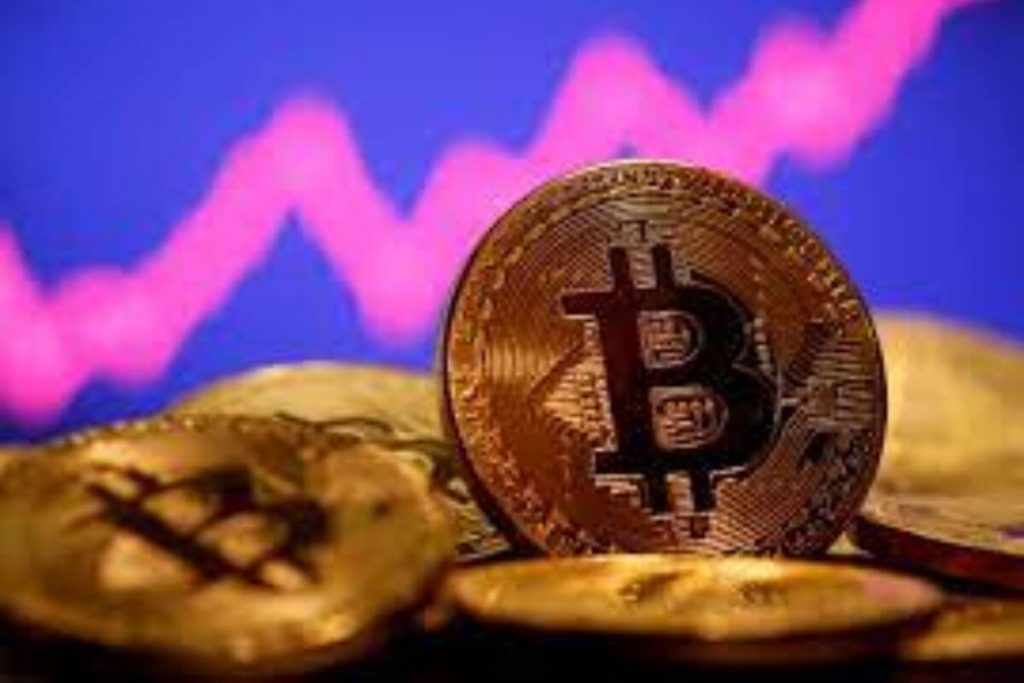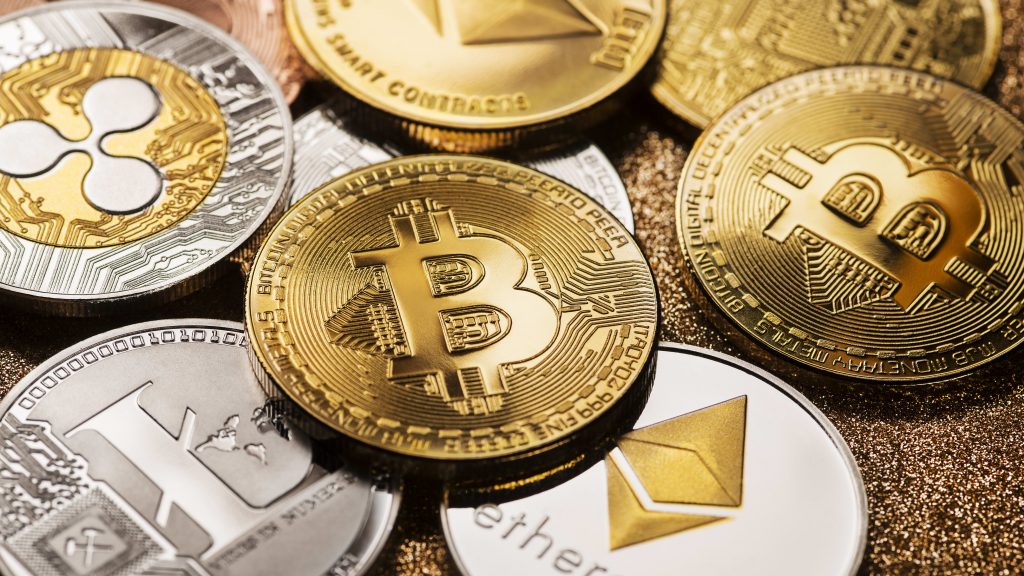
Douglass stated that he was expecting to be widely criticized for his views on crypto. But he didn’t care.
“I cannot tell you when it will happen, by the way. It might happen soon, or it may happen in the future. It will most likely be the case study in irrationality 20 years from now.
The fund manager also identified Tesla and other meme stocks as areas of reckless speculation, where share prices do not reflect the true value of the business.
Tesla, the electric vehicle manufacturer, has seen its shares rise 14 fold over the past five year. Musk’s founder also acquired 58.3million Twitter followers. AMC, GameStop and Nokia were also popular after they gained viral attention via social media platforms such as Twitter and Reddit, as part of the 2020 retail investor phenomenon.
Uncertain outlook
Magellan had no exposure so Mr Douglass wasn’t concerned about asset price bubbles. He warned that cryptocurrencies’ popularity could cause a contagious impact on sentiment. This is because contagion can lead to a loss of investor confidence and market disruptions.
Magellan’s portfolio positioning defense and investment performance over the past twelve months was also supported by Magellan on the basis that there were mounting risks of an equity correction.
Magellan’s flagship global funds returned 10.8% for the year ended June 30, against a 27.5 percent return for its benchmark, the MSCI All World Index.
He said, “I suppose it’s a bit of a wake up call in Australia with Sydney & Melbourne back in a strict lockdown.” “We thought that this was over. We were about to be vaccinated. We could get an escaped variant of this virus. One that escapes the vaccines The rapid spread of this delta one is alarming, but vaccines seem to still be effective against death.
Rates and inflation
According to the fund manager, inflation is another unknown risk that will affect markets in the coming 12 months.
According to US inflation data, prices rose at an unprecedented pace for June . This was due to a wide range of consumer goods, including petrol and cars.
Douglass warns that if June’s inflation spike proves to be more than temporary, the only outcome will be market-shaking higher rates and recession. “And that would make inflation very problematic for equity investors all over the globe.
According to the fund manager, rising risk-free rates are a sign of inflation and could also affect the solvency of many corporations that have taken on debt in the last three to five years.
He said that they’ve increased their leverage and their credit ratings, which has led to a huge rise in speculative-grade junk bonds. These types of credit have been sought after by people because they offer yield and interest rates are low.
Investors should not discount to zero the possibility that yields on benchmark risk-free rate US 10-year Treasuries rise from 1.5 to 3.5% over the medium term, according to the fund manager.
Investors demand greater compensation for uncertain future cash flows by equities, as risk-free rates rise. This is done via lower valuations. Warren Buffett once said that interest rates are the gravity in markets. He said that higher rates are associated with lower asset prices.
“And [with] lower interest rate, which we have all seen over the past decade, asset prices has soared.”



